Best Business Practices for Photographers, Third Edition
John Harrington
Ebook, Photography, Print, Print and digital bundle
The photography industry is advancing and changing more—and more quickly—than ever. Right along with changes in camera technology, photographers are witnessing shifts in the business landscape that can be a challenge to understand and navigate, whether they’re just beginning their business or growing it after 25 years of shooting.
Best...
Read More
Read More
- Print and eBook Bundle: $74.99
- Print Book: $64.95
- eBook: $58.99
| BOOK AUTHOR | John Harrington |
|---|---|
| PAGE COUNT | 832 pages |
| TRIM SIZE | 7.5 x 9.25in |
| COVER | Soft Cover |
| ISBN | 9781681982663 |
| PUBLISH DATE | 11/2017 |
- You Are a BusinessNow Lets Get to Work
- Professional Equipment for Professional Photographers
- Planning and Logistics: Why a Thirty-Minute Shoot Can Take Three Days to Plan
- After Staff: Transitioning to Freelance
- Working with Reps, Assistants, Employees, and Contractors: The Pitfalls and Benefits
- Setting Your Photographers Fees
- Pricing Your Work to Stay in Business
- Overhead: Why What You Charge a Client Must Be More Than You Paid for It
- Whos Paying Your Salary and 401(k)?
- Insurance: Why Its Not Just Health-Related, and How You Should Protect Yourself
- Accounting: How We Do It Ourselves and What We Turn Over to an Accountant
- Insights into an IRS Audit
- Contracts for Editorial Clients
- Contracts for Corporate and Commercial Clients
- Contracts for Weddings and Rites of Passage
- Negotiations: Signing Up or Saying No
- Protecting Your Work: How and Why
- The Realities of an Infringement: Copyrights and Federal Court
- Releases: Model, Property, and Others
- Handling a Breach of Contract: Small Claims and Civil Court
- Resolving Slow- and Non-Paying Clients
- Letters, Letters, Letters: Writing Like a Professional Can Solve Many Problems
- Attorneys: When You Need Them, Theyre Your Best Friend (or at Least Your Advocate)
- Office and On-Location Systems: Redundancy and Security Beget Peace of Mind
- Digital and Analog Asset Management: Leveraging Your Images to Their Maximum Potential
- Licensing Your Work
- Care and Feeding of Clients (Hint: Its Not About Starbucks and a Fast-Food Burger)
- Education, an Ongoing and Critical Practice: Dont Rest on Your Laurels
- Expanding into Other Areas of Creativity
- Charity, Community, and Your Colleagues: Giving Back Is Good Karma
- Sole Proprietor versus LLC/LLP versus S Corp
- Brick-and-Mortar Locations
- Pros and Cons of Insourcing and Outsourcing
- The Value of Offering Internships
- Principles, Standards, and Ethics
- Cognitive and Subconscious Thinking and Photographers
- Marketing: An Overview of Its Importance
- Your Brand and Your Image
- Do You Need to Have a Niche or a Style
- The Wordsmithing of a Linguistically Accurate Language Lexicon
- Social Media: Etiquette, Expectations, and the Law
- Professionalism on the Job
- The Client Experience
- Establishing the Clients Needs for Level of Production (and Associated Budget)
- Price Is What You Pay, Value Is What You Get
- Using the eCO for Online Registrations
- Licensing Your Photography: Managing It Yourself
- On Being Published
- Publishing a Book
- Fine Art, Art, and Selling Prints: Valuation
- Working with Nonprofits, Foundations, and Non-Governmental Organizations (NGOs)
- Valuing Video (or Motion) Production as an Adjunct to Still Photography: Know Your Limits
- Step-by-Step: QuickBooks and Downloading Credit Card Statements and Charges
2 reviews for Best Business Practices for Photographers, Third Edition
You must be logged in to post a review.

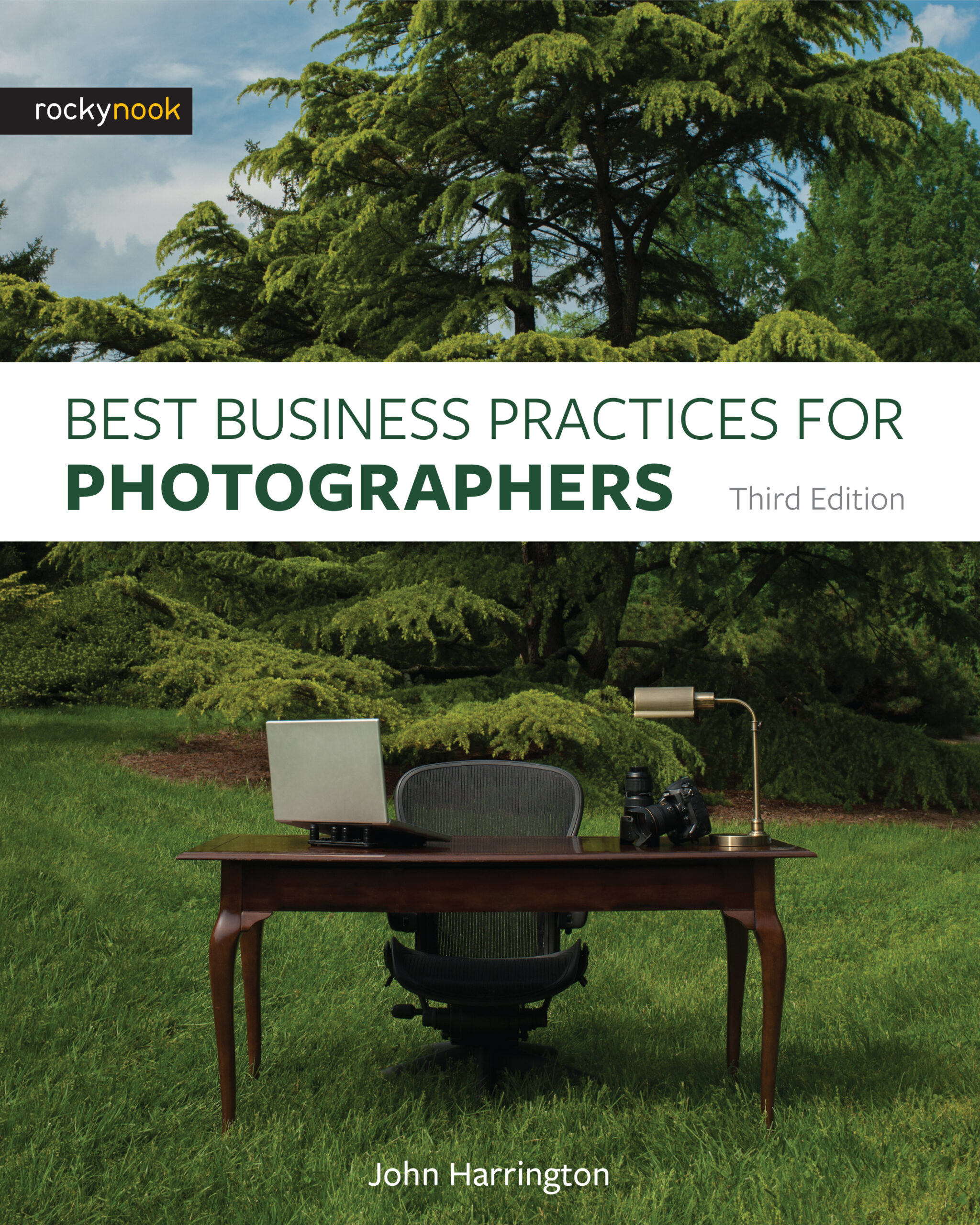
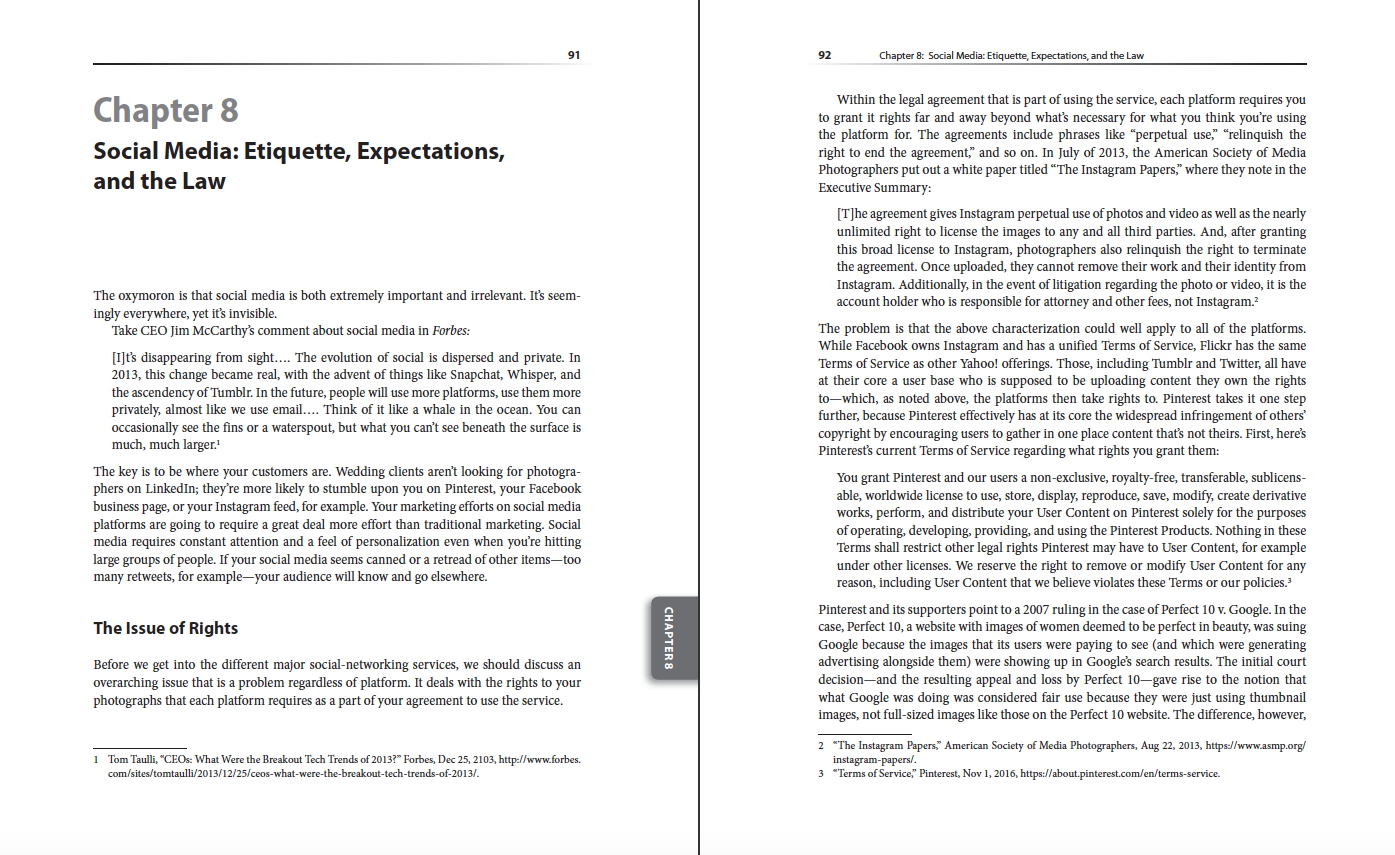
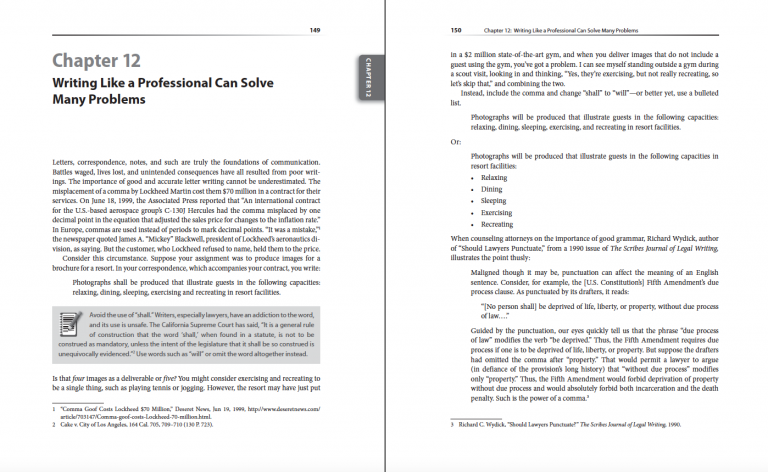
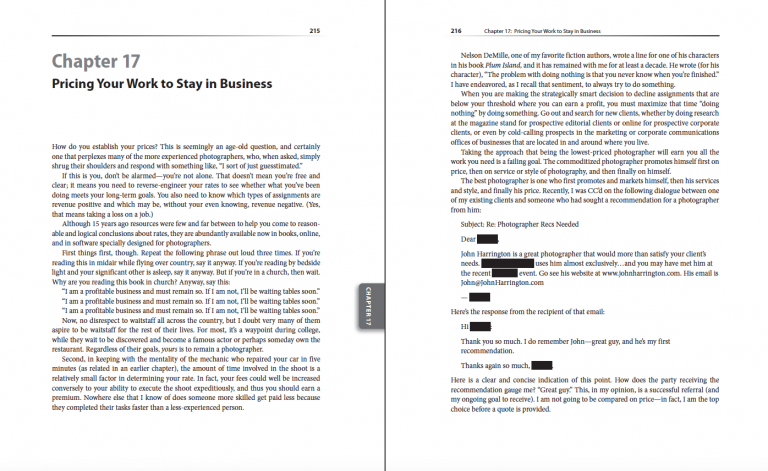
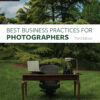

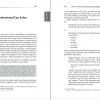
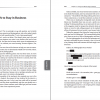
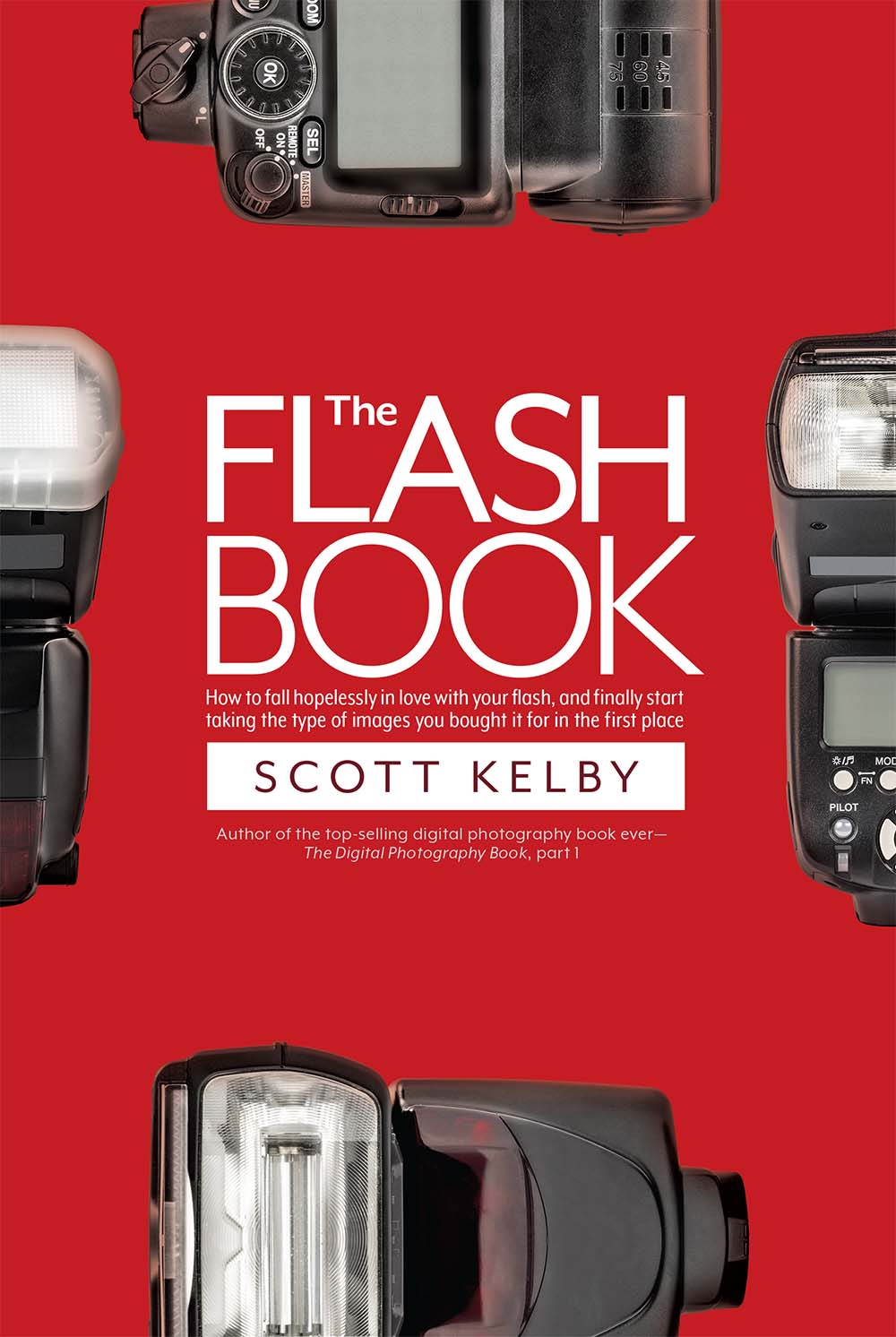

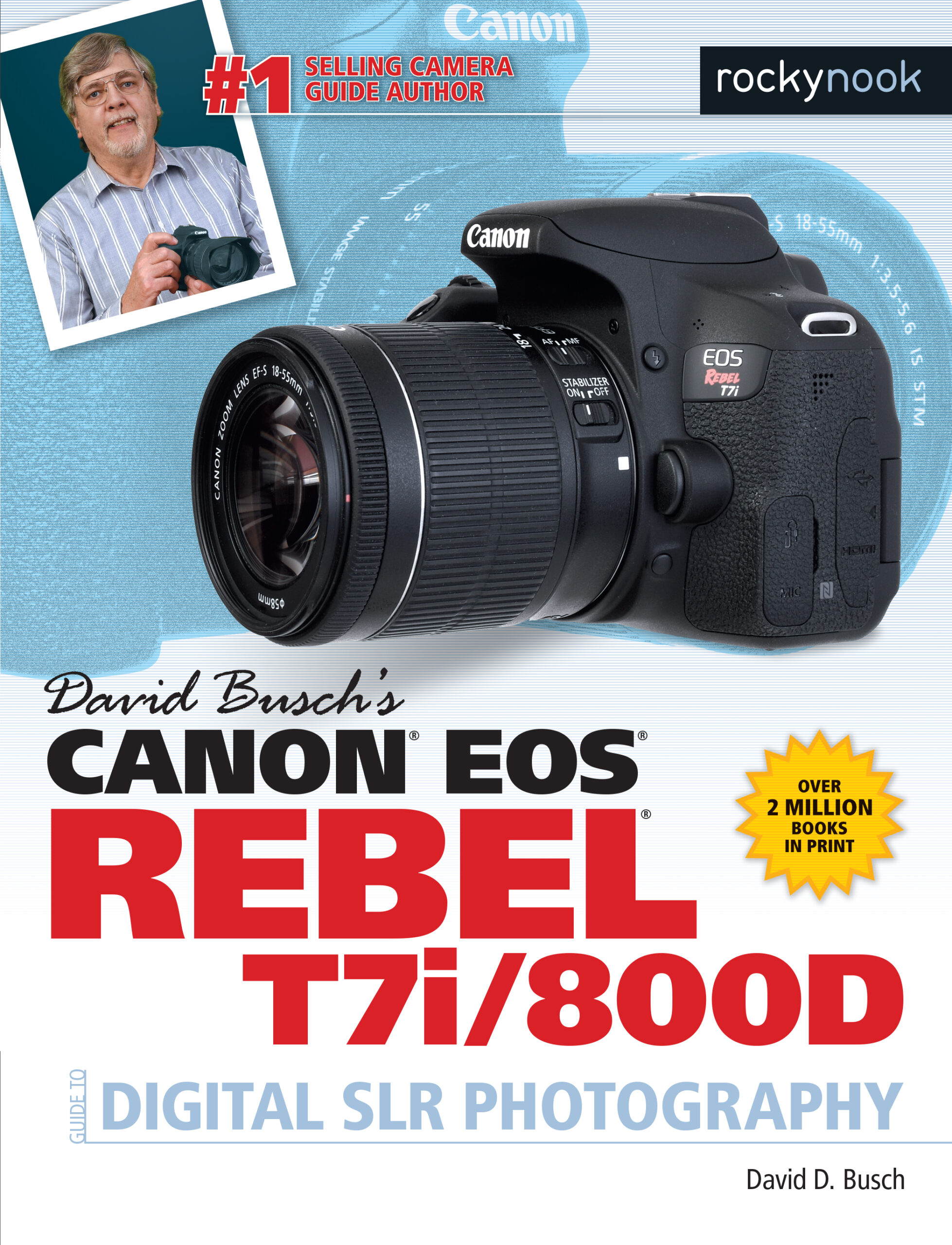


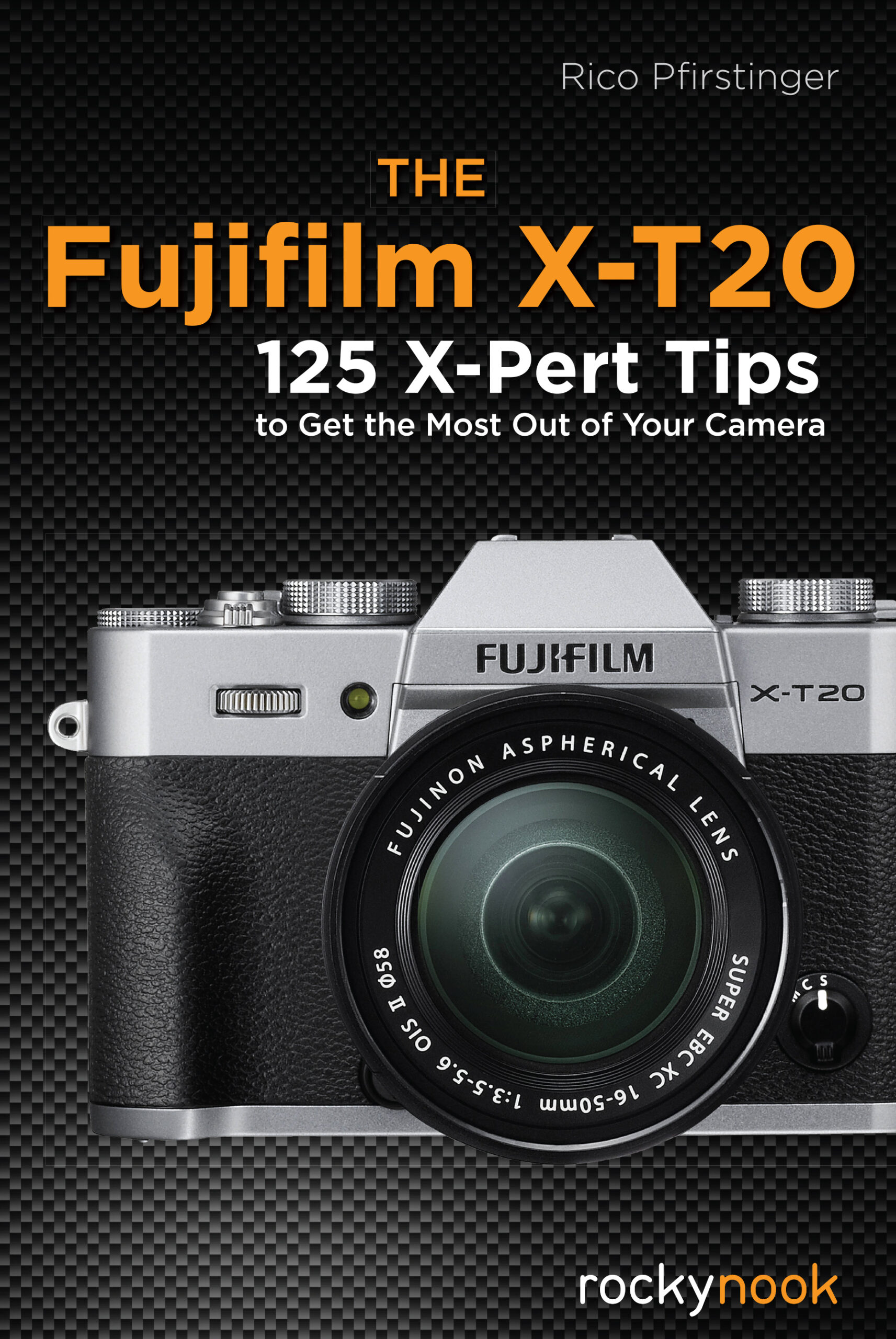

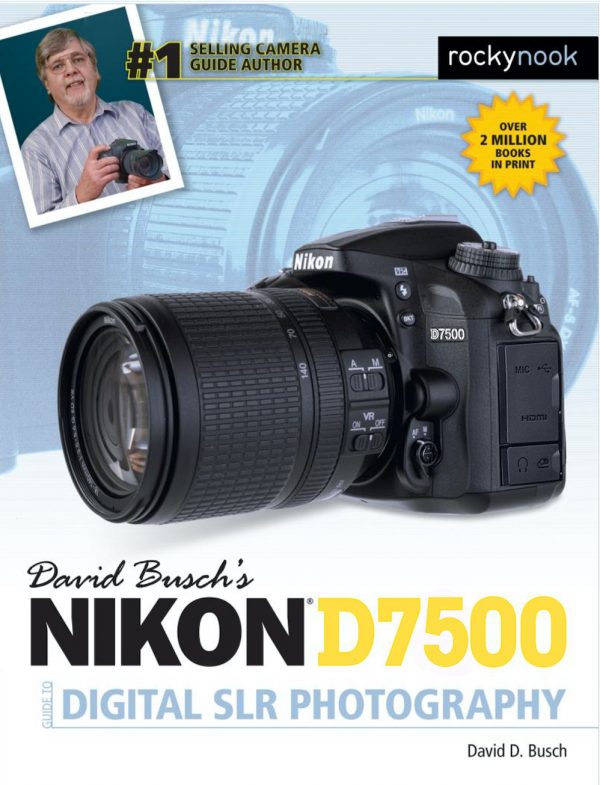
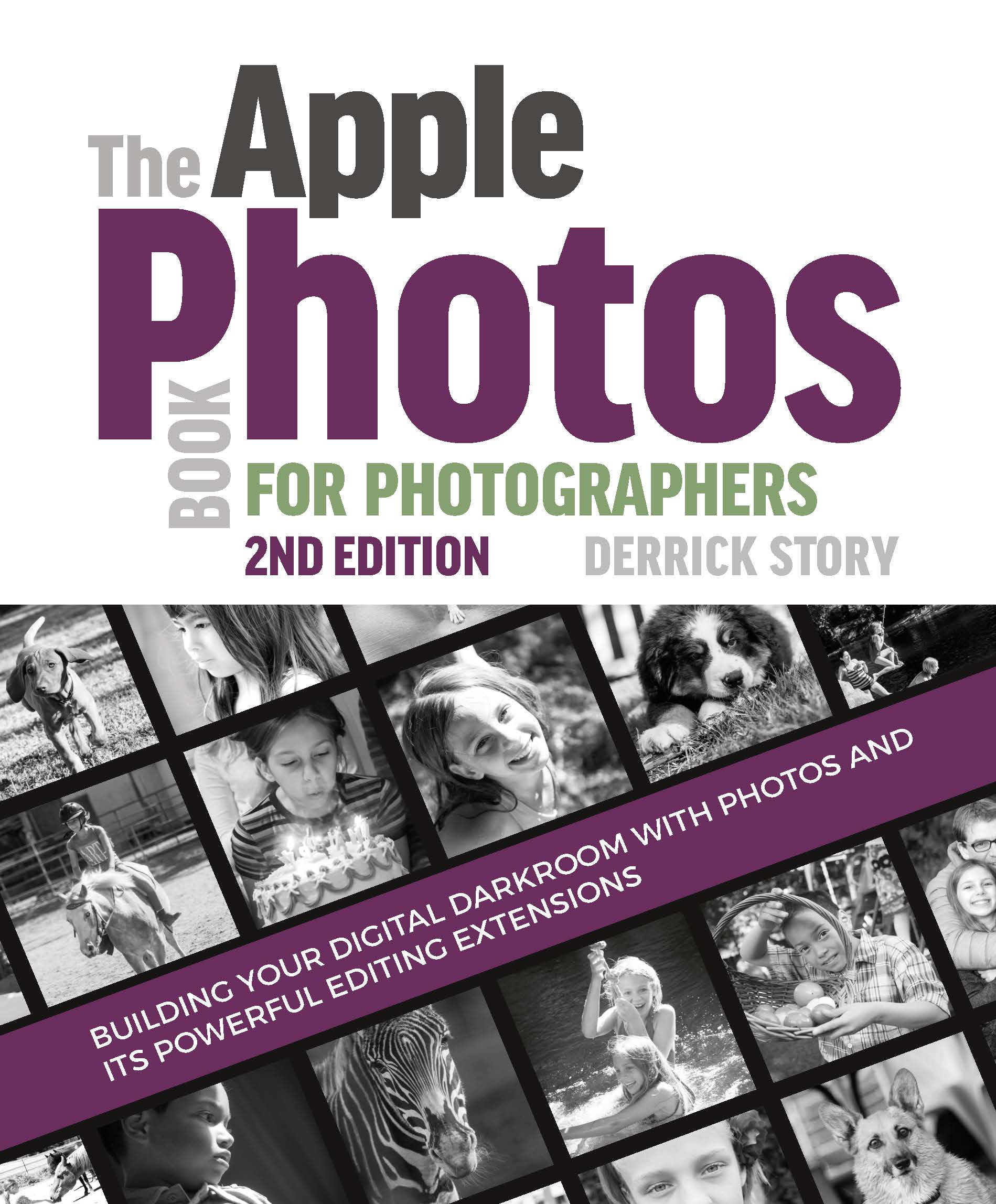
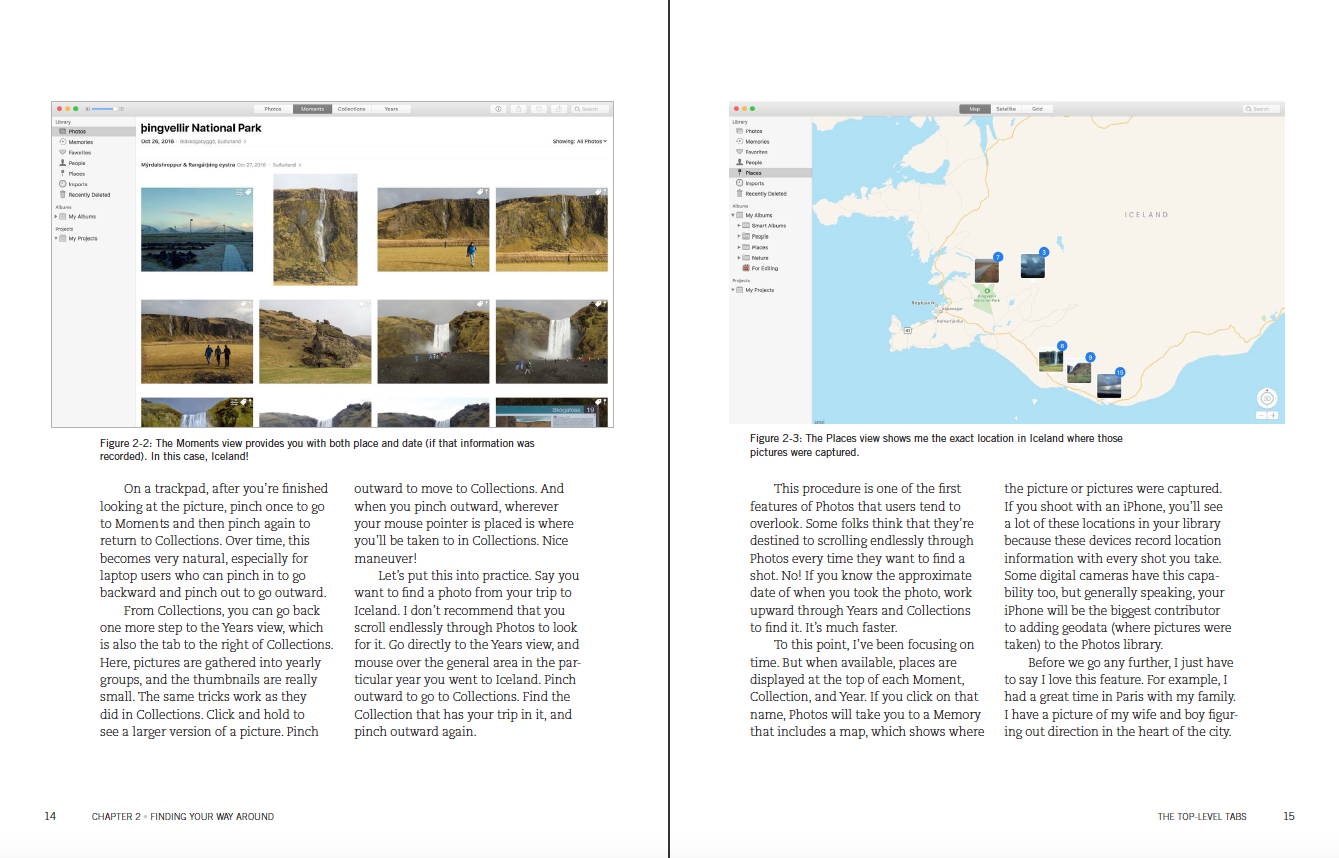
Vicky (verified owner)
Although I am only 1/2-way through this book, I am convinced the advice contained within will facilitate my goal of developing an income-generating business as a photographer.
The author is generous with his knowledge, including both the “probably not the best idea” along with a substantial number of strategies and tactics he has found beneficial.
I am very pleased with my purchase.
wepsphoto
John Harrington’s Best Business Practices for Photographers, 3rd Edition is a huge book filled with pragmatic advice and lessons learned from a prolific, professional photographer. With 45 chapters that cover everything from business, legal, tax, audit, and copyright to the very practical subject of backing up and archiving your files, Harrington clearly knows how to run a photography business.
This book (and the author addresses this) is not meant to be a textbook, though many use it as one. There are some subjects that, while addressed, are simply not covered as comprehensively as one will need, especially when deciding which type of business entity you should be. But while some chapters leave some holes, the true strength of Harrington’s text comes from his own experience dealing with jobs ranging from single portrait shoots to high-end commercial work. There are plenty of resources referenced throughout the text for gathering more information and Harrington shares a plethora of examples of his own “paperwork”- bills, contracts, releases, etc. And there are personal stories that can guide new business owners from shortcomings that can prove troublesome- his own story of an IRS audit will help you to know what to expect and encourage you to document your paper-trails prophylactically so as to minimize your discomfort should you be audited yourself.
Harrington’s personal preferences will potentially annoy those who differ- he uses Apple computers and feels that Adobe’s Lightroom is the only asset management software worthy of mention, despite options like Capture One. He mentions the PPA certification program for photographers but not the WPPI program. And in a discussion about shooting silently on a set, he describes blimps, camera enclosures to minimize shutter sounds, but never discusses the far more practical idea of using mirrorless cameras with their silent electronic shutter. These are not shortcomings if you keep in mind that Harrington is sharing his own methods- if this was a textbook, these omissions would be problematic.
I would recommend this book for anyone who intends to earn money through their photography. Some of the chapters discuss levels of professionalism that few will aspire to, but the content is never irrelevant. What is revealed in Harrington’s text is what few photographers know or care to know- the legal and business side of their creative venture. But with his vast experience, as well as his smart advice about outsourcing the business-end of your company to those qualified to manage it for you, Harrington has generated a guide that will prevent potential problems and allow you to grow your business, focusing on the elements of it that you most enjoy without ignoring the parts that must be considered.